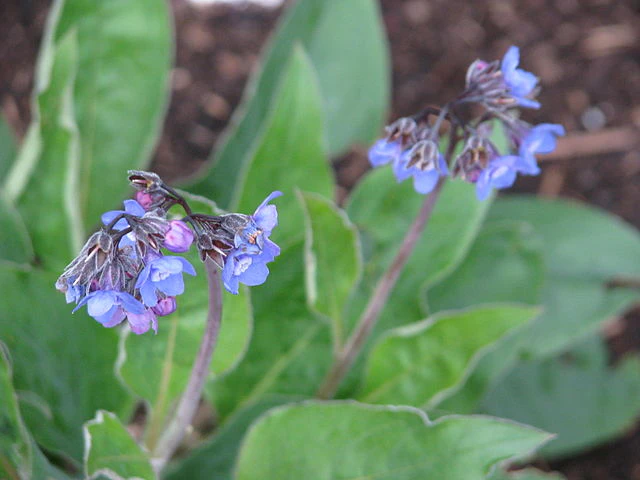Pacific Hound’s Tongue
(Adelinia grande)
Pacific Hound’s Tongue (Adelinia grande)
/
/

peganum
CC BY-SA 2.0
Image By:
peganum
Recorded By:
Copyright:
CC BY-SA 2.0
Copyright Notice:
Photo by: peganum | License Type: CC BY-SA 2.0 | License URL: https://creativecommons.org/licenses/by/2.0 | Uploader: Josve05a | Publisher: Wikimedia Commons |























Estimated Native Range
Climate Requirements for Huizhou, China
| This Plant | Your Site | Plant Suitability for Your Location | ||
|---|---|---|---|---|
| • Precipitation | 13" - 111" | 73" | Aquatic | Aquatic |
| • High Temp. | 66°F - 100°F | 90°F | Your summer temperatures are normal for this plant. | Excellent |
| • Low Temp. | 8°F - 44°F | 50°F | OK, but your winter temperatures are warmer than normal for this plant | OK |
This plant may not grow well at your location - your precipitation is too high.
Summary
Adelinia grande, commonly known as Pacific hound’s tongue, is a perennial herb native to the coastal forests, shaded woodlands, and chaparral of western North America, from British Columbia to California. It typically grows with an erect stem reaching up to 35 inches tall. This plant is characterized by its bright blue flowers with white centers that bloom in early spring, providing a showy display. The foliage consists of large, oval basal leaves that are green and somewhat hairy. Pacific hound’s tongue is valued for its striking flowers and its use in shaded garden areas or naturalized woodland settings.
In cultivation, Pacific hound’s tongue is appreciated for its early spring flowers and its ability to thrive in part shade to full shade conditions. It prefers well-drained soils rich in organic matter and requires moderate water, making it suitable for gardens that aim to conserve water. While not commonly used, it has historical medicinal uses by Native Americans who utilized it to treat burns and stomach aches. Gardeners should be aware that it may be susceptible to rust and fungal diseases in overly moist conditions.CC BY-SA 4.0
In cultivation, Pacific hound’s tongue is appreciated for its early spring flowers and its ability to thrive in part shade to full shade conditions. It prefers well-drained soils rich in organic matter and requires moderate water, making it suitable for gardens that aim to conserve water. While not commonly used, it has historical medicinal uses by Native Americans who utilized it to treat burns and stomach aches. Gardeners should be aware that it may be susceptible to rust and fungal diseases in overly moist conditions.CC BY-SA 4.0
Plant Description
- Plant Type: Herb
- Height: 2-5 feet
- Width: 2-3 feet
- Growth Rate: Slow
- Flower Color: Pink, Red
- Flowering Season: Summer
- Leaf Retention: Deciduous
Growth Requirements
- Sun: Full Sun, Part Shade
- Water: Low
- Drainage: Medium, Fast
Common Uses
Border Plant, Drought Tolerant, Low Maintenance, Potted Plant
Natural Habitat
Coastal forests, shaded woodlands, and chaparral
Other Names
Common Names: Desert Rose, Sabi Star, Impala Lily
Scientific Names: Adelinia grande, Adelinia grandis, Cynoglossum austinae, Cynoglossum austiniae, Cynoglossum grande, Cynoglossum grande, Cynoglossum grande var. laeve, Cynoglossum laeve
GBIF Accepted Name: Adelinia grande